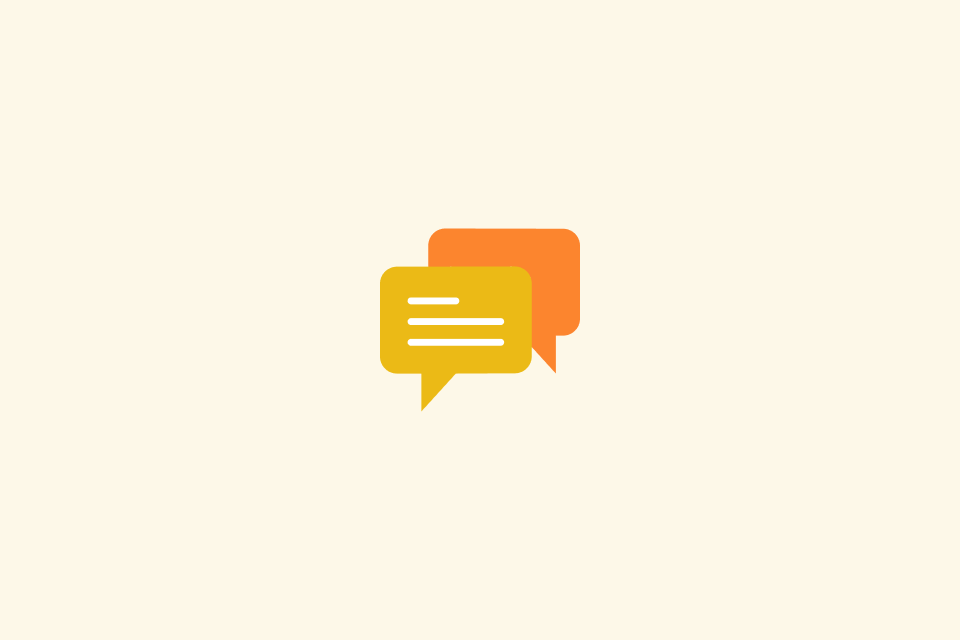100 Frases Diarias en Inglés para Conversaciones Cotidianas

TABLE OF CONTENTS
Ya sea que estés calentando una charla trivial o pidiendo ayuda sobre la marcha, estas 100 frases cubren lo que más dices en la vida real. Son cortas, naturales y fáciles de adaptar. Úsalas como ejercicios diarios de habla: léelas en voz alta, grábate y cambia algunas palabras para hacer cada línea tuya.
Consejo profesional: para un tono cortés, añade suavizadores como “por favor”, “podrías” y “te importaría”; para claridad, confirma los detalles al final (”…¿verdad?”).
Saludos e Introducciones
Las primeras impresiones importan. Usa estos saludos amistosos para iniciar conversaciones, presentarte y establecer un tono acogedor.
- Hi! How’s it going?
- → Pretty good, thanks. You?
- Good morning! How are you?
- → I’m good, thanks for asking.
- Nice to meet you.
- → Nice to meet you too.
- My name is [your name].
- → Nice to meet you, [name].
- Where are you from?
- → I’m from [place].
- What do you do?
- → I’m a [job].
- How have you been?
- → Pretty good, thanks.
- It’s great to see you again.
- → Great to see you too!
Charla Trivial y Clima
Las conversaciones casuales construyen relaciones. Estos temas ligeros te ayudan a conectar sin ir demasiado personal.
- How’s your day going?
- → Not bad, thanks.
- What are you up to today?
- → Just running some errands.
- Is it a busy day?
- → Kind of, yeah.
- Lovely weather today.
- → It really is.
- It’s pretty cold today.
- → Tell me about it.
- Did you watch the game last night?
- → Yeah, it was great!
- How was your weekend?
- → It was nice, thanks.
- Do you have any plans for the weekend?
- → Not yet—maybe just rest.
Peticiones Corteses y Ofrecimientos
La cortesía suaviza las interacciones diarias. Usa estas líneas para pedir ayuda o ofrecer asistencia de manera natural.
- Could you please help me with this?
- → Sure, what do you need?
- Would you mind opening the window?
- → Not at all.
- Can I ask you a quick question?
- → Go ahead.
- Could I get a glass of water, please?
- → Of course—one moment.
- Would it be okay if I sit here?
- → Yes, go ahead.
- Do you need a hand?
- → Yes, please. Thanks!
- Let me know if you need anything.
- → Will do, thanks.
- Can I get you anything?
- → I’m good, thanks.
- That would be great, thank you.
- → You’re welcome.
- I would really appreciate your help.
- → Happy to help.
Aclaraciones y Verificaciones
La claridad previene malentendidos. Estas líneas te ayudan a confirmar detalles, ortografía y tiempos de manera cortés.
- Sorry, I didn’t catch that.
- → No problem—I’ll repeat it.
- Could you say that again, please?
- → Of course.
- Could you speak a little slower?
- → Absolutely.
- What do you mean by that?
- → I mean…
- How do you spell that?
- → It’s [letters].
- Just to confirm, we meet at 3, right?
- → Yes, 3 p.m.
- → Actually, 3:30.
- Did you mean next Monday?
- → Yes, next Monday.
- → No, I meant this Monday.
- Am I following you correctly?
- → Exactly.
Programación y Planes
Una buena planificación ahorra tiempo. Usa estas frases para encontrar un momento, confirmar logística y reprogramar con gracia.
- Are you free tomorrow afternoon?
- → I am after 3.
- What time works best for you?
- → 10 a.m. works.
- Let’s meet at 3 p.m.
- → Works for me.
- → Could we do 3:30?
- Does Friday work for you?
- → Yes, Friday is good.
- → I’d prefer Thursday.
- Can we reschedule?
- → Sure—what time?
- I’ll get back to you by tomorrow.
- → Thanks—appreciate it.
- I’ll put it on my calendar.
- → Great, thanks.
- Let’s touch base later this week.
- → Sounds good.
- Can we do a quick call?
- → Sure—when?
- Can I take a rain check?
- → Of course.
Compras y Dinero
El inglés de compras aparece en todas partes. Estas líneas cubren precios, tamaños, pagos y devoluciones.
- How much is this?
- → It’s $25.
- → That one is on sale for $15.
- I’m just looking, thanks.
- → No problem—let me know if you need help.
- Do you have this in a medium?
- → Yes—right this way.
- → Sorry, we’re out of medium.
- Is there a discount on this?
- → It’s 10% off today.
- Can I pay by card?
- → Yes, we take all major cards.
- Could I get a receipt, please?
- → Sure—paper or email?
- Where is the fitting room?
- → It’s at the back.
- Can I return or exchange this?
- → Yes, within 30 days.
Comida y Servicio
Desde cafeterías hasta restaurantes, las solicitudes claras conducen a un servicio más fluido. Usa estas líneas para ordenar, preguntar y pagar.
- A table for two, please.
- → Right this way.
- → There’s a 10‑minute wait.
- Could we see the menu?
- → Of course—here you go.
- What do you recommend?
- → The salmon is very popular.
- I’ll have the chicken salad, please.
- → Great choice.
- Could we have the check, please?
- → Sure—I’ll bring it right over.
- Can we split the bill?
- → Absolutely.
Viajes y Direcciones
En movimiento, las preguntas concisas te llevan a donde necesitas estar. Estas líneas ayudan con las rutas, el tiempo y los boletos.
- How do I get to the train station?
- → Take the 10 bus two stops.
- Is it within walking distance?
- → Yes—about 15 minutes.
- → It’s a bit far; better take the bus.
- Which bus should I take?
- → Take the 23 toward downtown.
- How long does it take to get there?
- → Around 20 minutes.
- Is this the right platform?
- → Yes, you’re in the right place.
- → No—try platform 3.
- Is it one-way or round-trip?
- → One-way.
- → Round‑trip is cheaper.
- Could you show me on the map?
- → Sure—right here.
- I think I’m lost.
- → No worries—where are you now?
Teléfono y en línea
La comunicación remota necesita claridad. Usa estas líneas para solucionar problemas de audio y coordinar enlaces o pantallas.
- May I speak to Sarah, please?
- → Speaking.
- → She’s not available—can I take a message?
- You’re breaking up.
- → I’ll move to a better spot.
- I’ll call you back in a minute.
- → Okay—talk soon.
- Can you hear me okay?
- → Loud and clear.
- I’ll send you the link.
- → Thanks—I’ll check it now.
- I’ll share my screen now.
- → I can see it.
Frases diarias en inglés en el trabajo
La comunicación profesional requiere un tono diferente, cortés, claro y orientado a la acción. Las siguientes frases se usan comúnmente en oficinas o entornos de trabajo remoto y son especialmente útiles para niños mayores y adolescentes que se preparan para la comunicación en el mundo real.
- Do you have a minute?
- → Sure—what’s up?
- Could you give me a quick update on the project?
- → We’re on track.
- Let’s kick off the meeting.
- → Sounds good.
- Could you walk us through this?
- → Absolutely—step one is…
- What’s the status on this task?
- → It’s done.
- What’s the deadline?
- → End of day Friday.
- I’ll take care of it.
- → Thank you.
- I’ll follow up after the meeting.
- → Great—thanks.
- Let’s take this offline.
- → Agreed.
- What are the action items?
- → I’ll draft the doc; you’ll review.
Opiniones y estar de acuerdo/desacuerdo
Compartir opiniones respetuosamente mantiene las conversaciones productivas. Estas líneas te ayudan a estar de acuerdo, en desacuerdo y pedir razones sin sonar brusco.
- I think this is a good idea.
- → I agree.
- In my view, we should wait.
- → That’s fair.
- From my perspective, it’s risky.
- → What risk do you see?
- That makes sense.
- → Glad it helps.
- I agree with you.
- → Appreciate that.
- I see your point, but I disagree.
- → That’s okay—tell me more.
- I’m not sure I follow.
- → Let me clarify.
- Could you explain your reasoning?
- → Sure—here’s how I see it.
- Let’s agree to disagree.
- → Works for me.
- I’m open to other ideas.
- → I have a suggestion.
Emergencias y Problemas
En situaciones urgentes o complicadas, el lenguaje simple y directo funciona mejor. Estas líneas te ayudan a pedir ayuda y explicar problemas comunes rápidamente.
- I need help.
- → What happened?
- It’s an emergency.
- → Call 911 now.
- Please call emergency services.
- → I’m calling now.
- I’ve lost my wallet.
- → Where did you last see it?
- I don’t feel well.
- → Do you need a doctor?
- There’s a mistake on the bill.
- → Sorry about that—I’ll fix it.
- My phone isn’t working.
- → Try restarting it.
- Can you call a taxi for me?
- → Sure—I’ll order one now.
Cómo Practicar (7 minutos al día)
En aproximadamente siete minutos al día: imita diez líneas (reproduce un clip nativo o tu propia grabación y habla al mismo tiempo), cambia una o dos palabras en cada oración para hacerla tuya, grábate semanalmente para verificar ritmo, pronunciación y claridad, y prueba tres líneas en una conversación real. La consistencia supera a la intensidad: pequeñas repeticiones diarias construyen una fluidez real.
Guías Rápidas (Úsalas en Cualquier Lugar)
Manténlo corto y educado: una idea por oración, por favor/gracias cuando sea apropiado. Elige el tono correcto: “podría/querría” es más suave que “puedo/haré”. Confirma lo esencial (hora, fecha, lugar, precios, números, zonas horarias), evita palabras vagas como “esto/eso/lo”, y haz una pregunta a la vez.
Refleja la formalidad de la otra persona. En llamadas o en línea, di lo que harás antes de hacerlo (por ejemplo, “Compartiré mi pantalla ahora”). Si te quedas atascado, usa recursos seguros: “Permíteme reformular,” o “Dame un segundo para verificar.”
Errores Comunes a Evitar
Las trampas típicas incluyen hacer dos preguntas a la vez (pregunta, haz una pausa, luego sigue), usar en exceso “muy/tan” en lugar de una palabra precisa, traducir modismos literalmente, omitir confirmaciones de horarios/fechas y zonas horarias, y depender solo de “puedes” en solicitudes formales: añade “por favor,” o cambia a “podrías.”
Resumen y Próximos Pasos
Elige de 5 a 10 líneas para practicar diariamente, personalízalas y úsalas en conversaciones reales. Graba un chequeo semanal para seguir la claridad, el ritmo y la confianza. Revisa mensualmente: conserva lo que usas, retira lo que no, y añade 20 favoritos personales.


